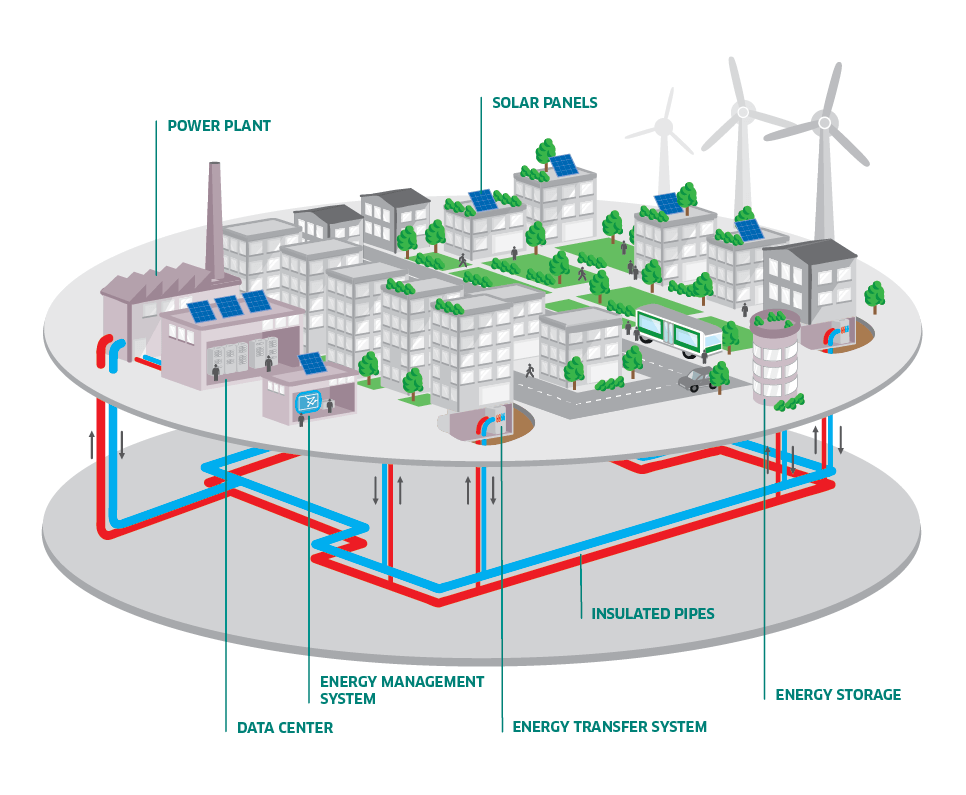The global District Heating Market is estimated to be valued at US$ 50.8 Bn in 2023 and is expected to exhibit a CAGR of 1.5% over the forecast period 2023 to 2030, as highlighted in a new report published by Coherent Market Insights.
Market Overview:
District heating is a centralized system that produces hot water or steam at a centralized location and distributes it through pipes for residential and commercial heating requirements such as space heating and water heating. Residential systems account for the largest share as district heating provides an efficient solution for space heating needs of residential buildings connected in its network.
Market key trends:
One of the key trends in the district heating market is growing focus on renewable energy sources. Integration of renewable energy sources such as geothermal, biomass, solar thermal in district heating systems helps reduce reliance on fossil fuels. For example, Göteborg Energi in Sweden sources 62% of the heat supplied through its district heating network from renewable sources. Further, governments across various countries are promoting policies to replace old district heating pipelines and integrate new energy-efficient technologies, which is expected to drive the replacement demand for district heating components over the forecast period.
SWOT Analysis
- Strength: District heating allows for efficient distribution of heat from a central plant to residential and commercial buildings through an underground network of pipes, reducing costs.
- Weakness: Initial infrastructure costs of setting up the district heating network can be high. Changes may need to be made to existing buildings to connect them.
- Opportunity: Increasing focus on reducing carbon emissions provides an opportunity to expand district heating networks and switch more buildings from individual heating systems to district heating.
- Threats: Dropping costs of renewable technologies like heat pumps may reduce the economic case for large district heating projects versus individual solutions in the future. Strict emission regulations pose compliance challenges.
Key Takeaways
The global district heating market is expected to witness moderate growth, exhibiting a CAGR of 1.5% over the forecast period, due to increasing focus on reducing carbon emissions from buildings. Majority of new district heating connections are expected in cold climate regions of Europe, China, and Japan.
Regional analysis: Europe dominates the global district heating market currently, accounting for over 50% share due to dense urban populations and strict emission regulations in countries like Germany, Poland, Sweden and Finland that have incentivized expanded district heating networks. Nordic countries especially have over 60% of residential buildings connected to district heating. Asia Pacific is expected to witness fastest growth, led by increasing district heating penetration in China and Japan.
Key players operating in the district heating market are Vattenfall AB, SP Group, Danfoss Group, Engie, NRG Energy Inc., Statkraft AS, Logstor AS, Shinryo Corporation, Vital Energi Ltd, Göteborg Energi, Alfa Laval AB, Ramboll Group AS, Keppel Corporation Limited. Major players are focusing on integrating renewable energy and waste heat sources into existing district heating systems to further reduce carbon footprint. Partnerships with municipal networks are also expanding business territories.



